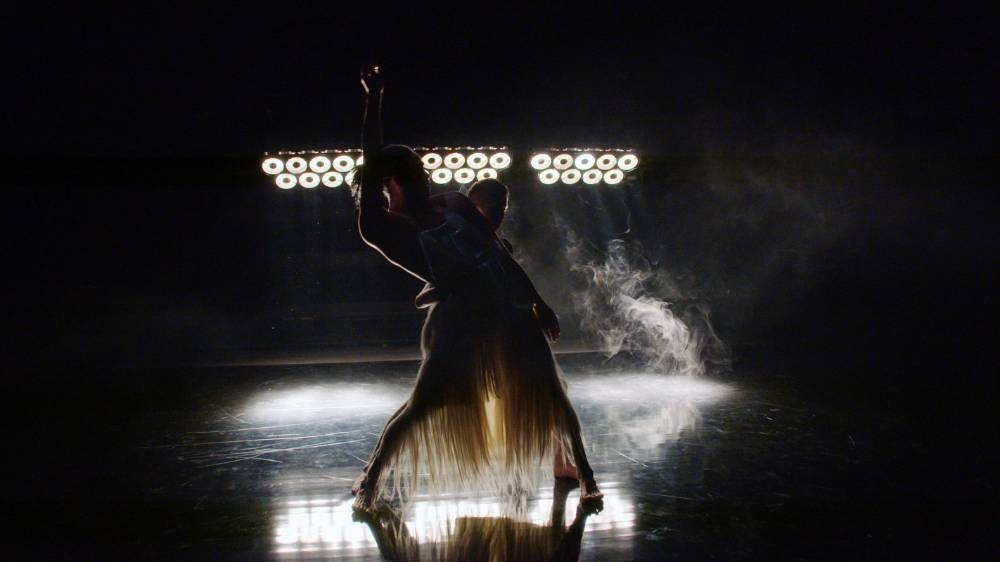Being in the light, being visible, is a political prerequisite for being able to demand rights. At the same time, queer and different bodies have often been put in the spotlight with the aim of being scrutinized and monitored. The right not to be seen, and to control one’s own degree of visibility, lies at the core of the work.
The film’s title is taken from Monique Wittig’s ground-breaking feminist novel Les Guérillères (1969), in which a group of female warriors rebel against patriarchal society. In Boudry and Lorenz’s adaptation, the choreography conveys both the joy of community and the despair of political setbacks; the violence that unfolds in public spaces and the curtailment of rights exercised by authoritarian regimes.
The exhibition also contains a series of sculptures that create movement between the universes on and off the screen and between the two exhibition halls – between sound and listening, between the dance as past on the screen and the visitors’ simultaneous movements in the exhibition space. Hair, chains, microphones and dance floors seem to have freed themselves from the screen and taken refuge as abstract art objects in the white cube.
By focusing on the fragile moment when one enters a stage and takes a seat – a moment of visibility as well as vulnerability – the exhibition asks questions about pleasure, power and political change.
Les Gayrillères is co-produced by Kunstnernes Hus, Arsenic Lausanne and DeSingel Antwerpen. It was exhibited at the Whitechapel Gallery in London in 2022 and is currently on display at the 35th São Paulo Biennale in Brazil. The film installation is the third in a film trilogy that includes Moving Backwards ( 2019) and (No) Time (2020). The films have been shown in a number of countries, and Moving Backwards was the Swiss contribution to the Venice Biennale in 2019.
Les Gayrillères might ap




